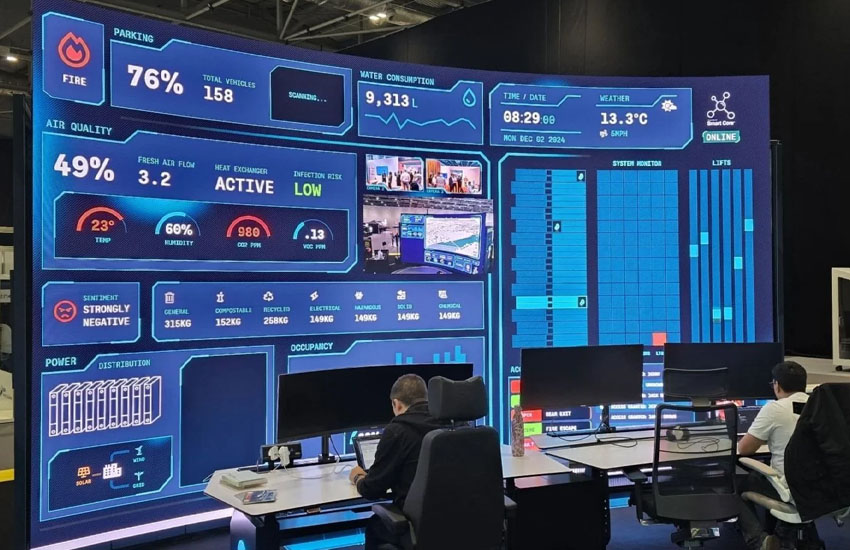Beyond KVM: evolution of control room technologies
September 10, 2025

In the early days, KVM (Keyboard, Video, Mouse) solutions transformed control rooms by letting operators manage multiple machines with a single workstation. This simplified workflows and reduced clutter, but as technology advanced, the limitations became clear. Large organizations needed more than just switching — they required scalability, remote access, and stronger security.
The Rise of KVM over IP
The transition to KVM over IP was a game changer. Instead of relying on direct physical connections, operators could now access servers and workstations remotely via secure IP networks. This brought several key advantages:
- Flexible scaling across locations
- Centralized control and easier management
- Enhanced network security with controlled isolation
- Reduced dependence on physical cabling and dedicated hardware
Beyond KVM — The New Generation
Today, control rooms demand even more. Operators must handle growing volumes of data, multiple applications, and complex collaboration. Traditional KVM, even over IP, cannot cover all these needs. That’s where Barco CTRL and similar platforms come in. The
- Unified visualization of multiple data streams
- Intuitive operator interfaces designed for 24/7 use
- Secure, role-based access management
- Scalable architecture ready for future growth
Looking Ahead
Control rooms are no longer static environments. They are the nerve centers of digital operations where speed, clarity, and collaboration define success. Moving beyond KVM is not just about adopting new tools — it’s about rethinking how information is managed and delivered. Platforms like Barco CTRL show the path forward, making control rooms smarter, more secure, and future-proof.


